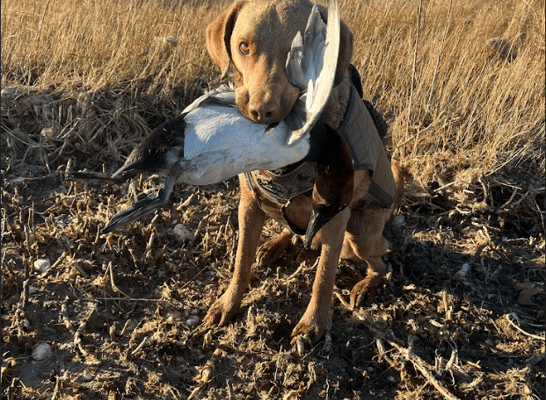The Canvasback Duck and Wild Celery
A Story of Decline and Restoration
WILD CELERYRESTORATION ECOLOGYCANVASBACK DUCKWILDLIFE CONSERVATIONUPPER MISSISSIPPI RIVERWATERFOWLHABITAT RESTORATIONECOLOGICAL BALANCE
3 min read


The canvasback duck, a migratory bird known for its presence across North America, traditionally feeds on wild celery during its fall migration. This dietary preference plays a crucial role in the duck's ability to store energy for the long journey ahead. However, the relationship between the canvasback duck and wild celery is facing challenges, particularly in the Upper Mississippi River, where the decline in wild celery abundance has raised concerns about the duck's population.
The Importance of Wild Celery in a Canvasback Duck's Diet
Canvasback ducks rely on strategic food stops during their migration to accumulate body fat, a vital energy source for their journey. Wild celery, with its nutritious winter buds, has been a preferred food choice for these ducks. The nutritional composition of wild celery, high in carbohydrates, is more conducive to fat storage compared to other food sources like Baltic clams, which are rich in protein.
This difference in nutritional value is significant because stored energy is crucial for canvasbacks during their long flights, as they spend more time flying than feeding. While protein-rich foods like clams provide quick energy, carbohydrates in wild celery are more effective for long-term energy storage. The decline in wild celery populations has led to a shift in the duck's diet, with clams and other invertebrates becoming more prominent.
The Impact of Declining Wild Celery Populations
The consequences of this dietary shift are evident in the Chesapeake Bay area, where pollution and heavy boat traffic have decimated wild celery. The canvasback ducks in this region have experienced a decline in population, directly linked to the loss of their primary food source.
Studies have shown that canvasback ducks feeding on clams gain less body mass compared to those feeding on wild celery. This difference in energy intake has significant implications for their survival, especially during periods of starvation.
Wild Celery vs. Stiff Arrowhead Tubers
In the Upper Mississippi River Pools, where wild celery is still present, canvasback ducks also consume stiff arrowhead tubers. While the nutritional value of these tubers is similar to wild celery, the ducks show a preference for wild celery due to its softer texture, which makes it easier to digest. This preference highlights the importance of wild celery in the duck's diet, even when other food sources are available.
The Connection Between Wild Celery and Canvasback Duck Populations
The relationship between wild celery abundance and canvasback duck populations is evident in various scenarios. The shift in canvasback populations to the Upper Mississippi River Pools coincided with an increase in wild celery in that area. Conversely, a decline in wild celery in Pool 8 of the Upper Mississippi River led to a significant drop in canvasback duck usage in the area.
Factors Contributing to the Decline of Wild Celery
Several factors have contributed to the decline in wild celery abundance in the Upper Mississippi River Pools. The drought of 1988-1989 and the flood of 1993 had devastating effects on wild celery populations. The drought led to poor water quality, characterized by high temperatures, low oxygen levels, and increased turbidity, which hindered wild celery growth. The subsequent flood further damaged the wild celery population through increased water depth and velocity, which interfered with pollination and sediment load.
The Importance of Restoration
The restoration of wild celery is crucial for the conservation of canvasback ducks. Successful restoration efforts require careful consideration of various factors, including water conditions, geographic location, and protection from overgrazing.
Grazing by waterfowl, particularly canvasback ducks, can hinder restoration efforts. Therefore, protecting restoration areas from overgrazing is essential for the successful establishment of wild celery.
Geographic location plays a significant role in restoration success. Restoration sites should be located near migratory corridors and strategic food stops for canvasback ducks. Additionally, optimal water conditions, including depth and flow, are crucial for wild celery growth and pollination.
Conclusion
The article emphasizes the intricate relationship between canvasback ducks and wild celery, highlighting the importance of wild celery in the duck's diet and the consequences of its decline. The restoration of wild celery is crucial for the conservation of canvasback ducks, but it requires careful planning and execution to address the challenges posed by water quality, grazing, and other environmental factors. While complete restoration may be difficult, small, well-managed restoration projects can contribute to the stabilization of wild celery and canvasback duck populations.
Photo: Chad Boyce
